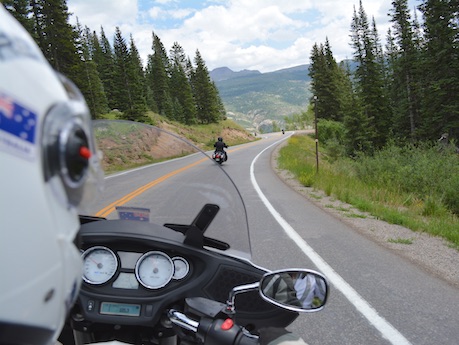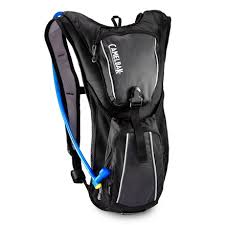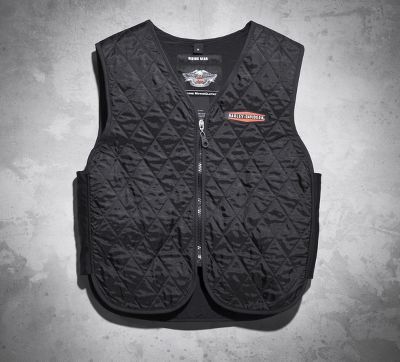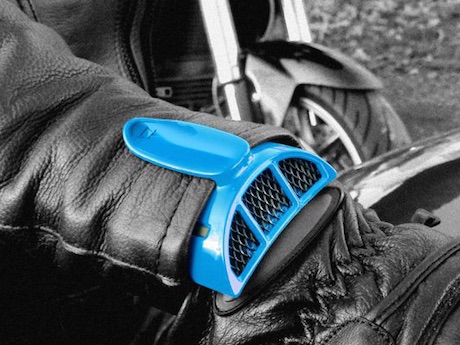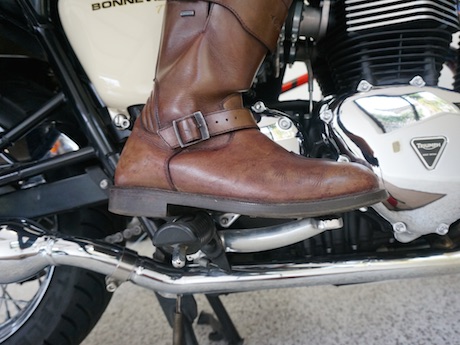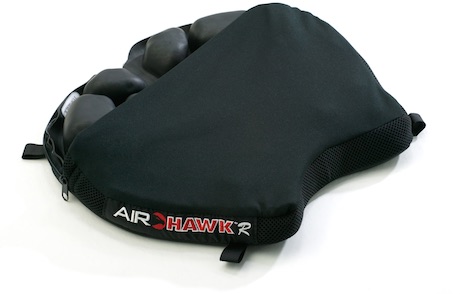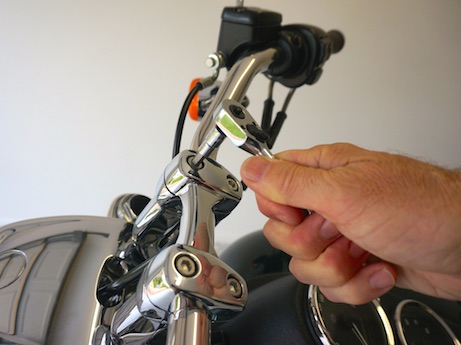Riding motorcycles is never a pain, but it can cause pain, especially cramps in the legs and arms and aches in the wrists, back, neck and knees which could be a safety risk.
These aches, pains and cramps are particularly common on long-distance rides, in weather extremes and among older riders. They can not only cause discomfort, but also become a dangerous distraction.
Avoiding cramps, aches and pains takes a bit of effort, but it will make your riding safer and more pleasurable.
Here are our top 10 tips for avoiding aches, pains and cramp:
- Stay hydrated. Electrical signals in the muscles require water and when you dehydrate it can impair signalling which leads to cramps.
Camelbak reduces dehydration - Eat well. To prevent cramps, you’ll need to eat carbohydrates and foods with plenty of potassium, calcium and magnesium. If you are prone to cramping, you can take pill supplements.
Eat well - Stretch. Before you get on the bike and at every stop, just do some basic stretches. Even Valentino Rossi stretches before a race. We’re not talking roadside yoga or pilates, but some back, leg, neck and wrist stretches before you ride will prevent cramps. They will also ease a cramp once started. But don’t be tempted to do too many stretches on the bike. Get off the bike and walk around, stretch and rest. Don’t wait until the pain is so bad it takes up most of your concentration as that is dangerous. Take regular stops and nip the pain in the bud. Even a five-minute stop will help ease muscle and joint pain.
Manual throttle lock - Cruise control. Wrist pain usually occurs in the right wrist which is stuck in the one position on the throttle, especially on the highway. If you’ve got cruise control, use it on long, straight stretches of road and take the time to move your wrist around. You could also try one of the many cheap throttle stops available. Mine cost just $20 and it’s handy just for a 30-second reprieve from gripping the throttle. It can also be fitted easily and moved from bike to bike. Never use any cruise control in the wet or on slippery surfaces such as gravel.
Relax, don’t race your mates - Loosen up. Consciously think about your posture. Drop your shoulders, loosen your grip on the handlebars, do the funky chicken (flap your elbows) and straighten your legs out for a few seconds, although you should do this one at a time as you need to keep your feet close to the controls in case of emergency. You may need to slow down and relax. Racing your mates makes you tense. Let your friends ride on ahead. They’ll wait for you!
Harley hydration vest - Dress appropriately. Heat can cause dehydration which leads to cramping. Open the vents on your jacket, use iced gel packs or wet handkerchiefs around your neck and consider a hydration vest or Ventz which allow cool air to flow up your sleeves. Meanwhile, cold can cause joint and back pain. Dress warmly and consider buying chemically-activated gel heat packs which you can slip up your sleeves, around your neck or into the back of your trousers to ease wrist, neck and lower back pain.
BUY VENTZ ONLINE NOW - Controls. Check that your bike levers and pedals are in the best position so that you aren’t straining your wrists or ankles. Most levers are adjustable for length and can be rotated on the bars for the best position. Most brake and gear shift pedals can also be adjusted so you don’t have to lift, drop or hold your foot on an unusual angle. If you suffer from numb hands, consider buying bar-end weights which take the tingle our of the grips.
Adjust your levers and pedals - Seat position. If your seat is adjustable, consider changing it every couple of hours on a long trip just to change your posture on the bike so you don’t get frozen in the one position. You might also find the settings should be different for highway use, carving the canyons and commuting. You could also consider a cushion such as an Airhawk which not only adds comfort, but also height.
Airhawk seat cushion eases pain - Adjust handlebars. Most handlebars can be adjusted, even slightly. Just rolling a handlebar forward or back a little can change the angle of your wrists and your whole riding position. You may also consider handlebar risers.
Adjust your handlebars - Pain killers. If you are still suffering, consider taking some pain killers, but check to see if they have a warning about use while “driving”. Also, be aware that even some pain killers that don’t make you drowsy on their own, may have that affect when taken with other medications. Best to ask your doctor.


